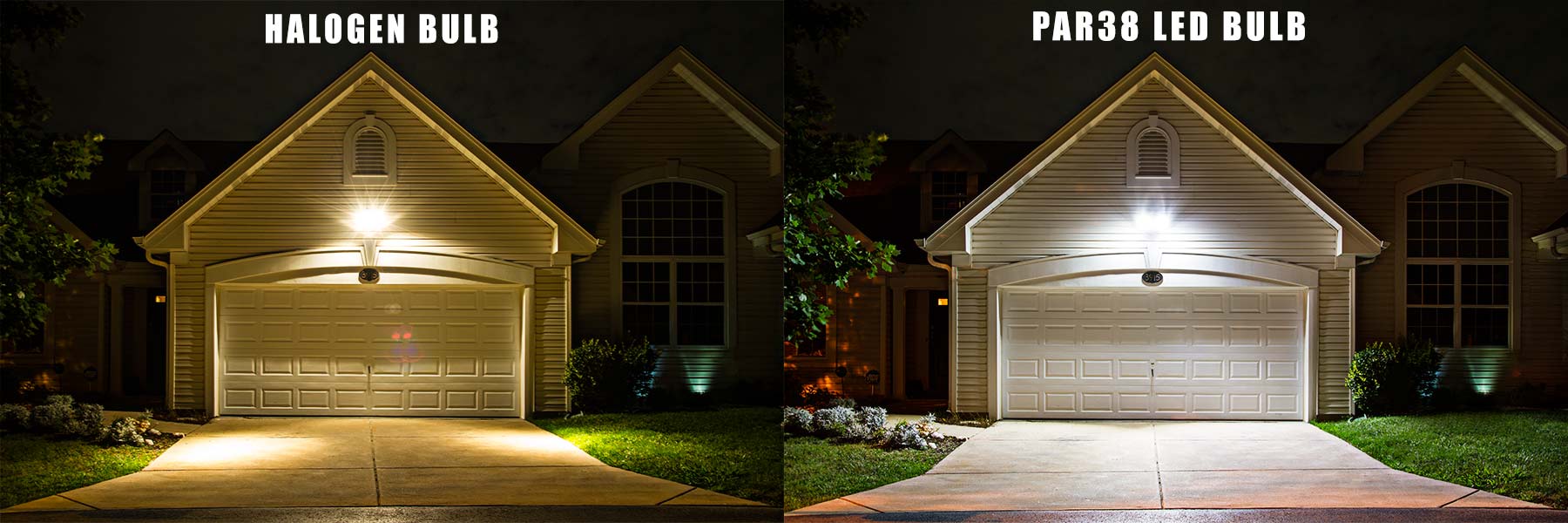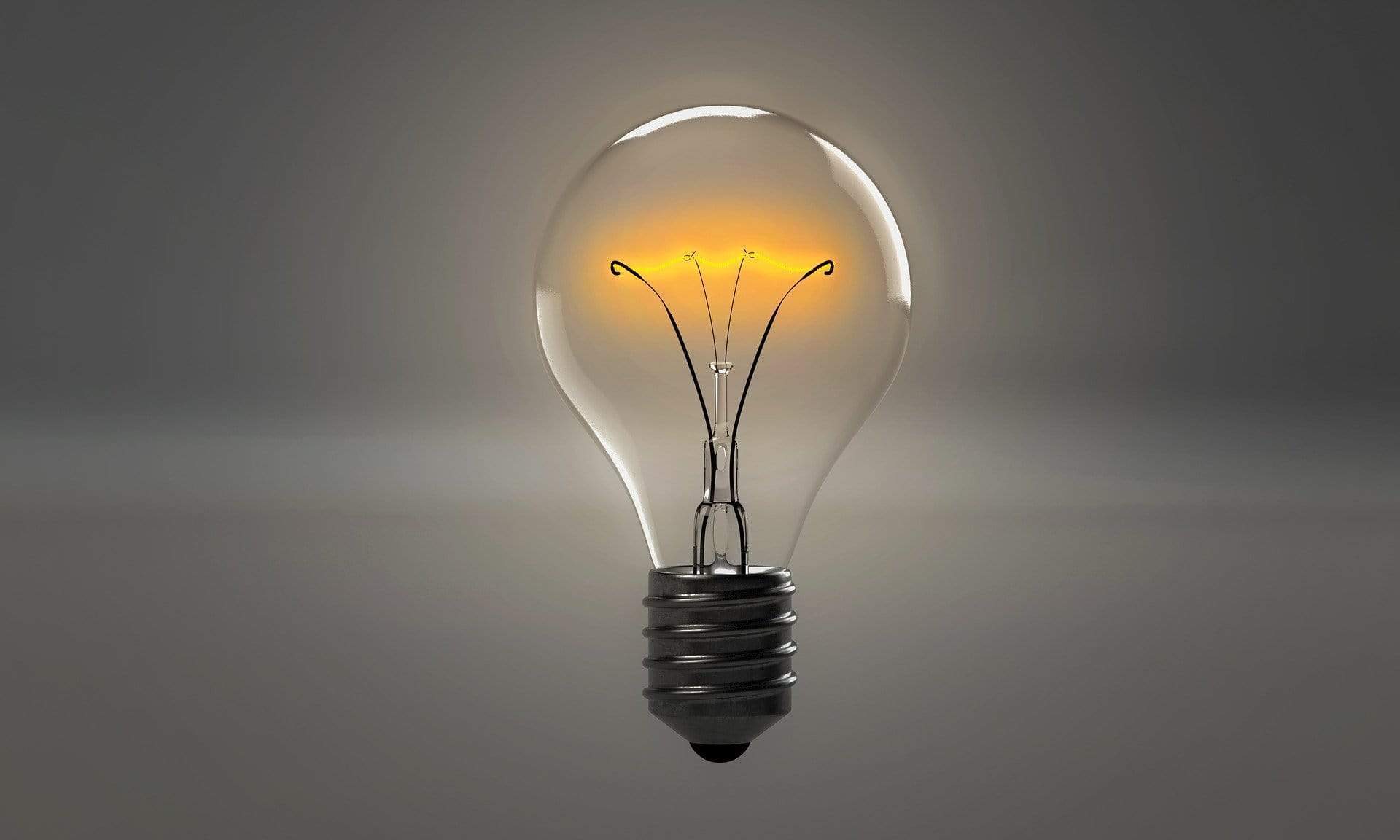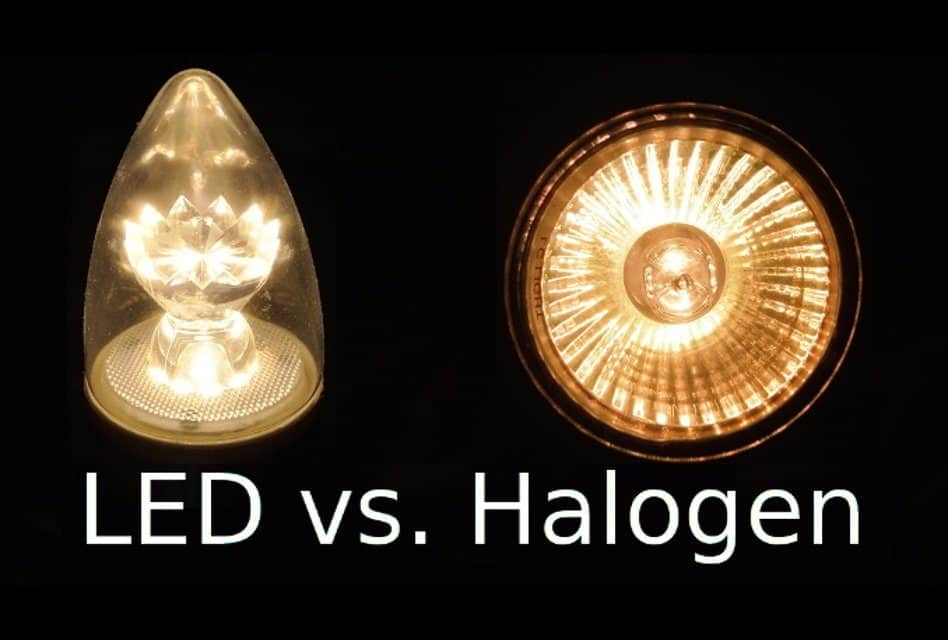There are different types of light bulbs: incandescent, halogen, and LED. Each type of bulb has its own advantages and disadvantages.
Incandescent light bulbs are the oldest type of light bulb. They work by passing an electric current through a wire filament, which then produces heat. This heat then emits light. Incandescent light bulbs are not very energy efficient because most of the electricity is used to create heat, rather than light.
Halogen light bulbs are similar to incandescent light bulbs, but they use a different type of filament that is made out of tungsten. Tungsten filaments last longer than traditional wire filaments, and they produce more light. However, halogen light bulbs are not as energy efficient as LED lights.
LED lights are the most energy-efficient type of light bulb. They work by passing electricity through a diode, which then emits light. LED lights to use less energy than incandescent or halogen lights, and they last longer. Additionally, LED lights to come in a variety of colors, so they can be used for different purposes.
How does a LED light work?
A diode is a two-terminal electronic component that conducts electricity in one direction and blocks current in the opposite direction. In a LED light, a diode is used to create a circuit. When electricity is passed through the diode, it emits light. The amount of light that is emitted depends on the voltage and current that is applied to the diode.
There are different LED lights types
- Single-color LED lights: These are LED lights that emit a single color of light. They are typically used for decorative purposes.
- Multi-color LED lights: These are LED lights that emit multiple colors of light. They can be used for different purposes, such as accent lighting or task lighting.
- RGB LED lights: These are LED lights that emit red, green, and blue light. They can be used to create a wide variety of colors.
- White LED lights: These are LED lights that emit white light. They are the most common type of LED light and can be used for a variety of purposes.
How does halogen technology work?
In a halogen light, a tungsten filament is used instead of a wire filament. Tungsten has a melting point that is higher than that of traditional filaments, but it conducts heat better. This means that the tungsten filament will last longer and more electricity can be conducted through the filament before it melts.
As incandescent light bulbs, halogen lights use electricity to create heat, which emits light. However, because of the higher melting point of tungsten, there is less wasted energy from heat production.
There are different halogen lights types
- Halogen floodlights: These are halogen lights that are used for general lighting.
- Halogen spotlights: These are halogen lights that are used for task lighting or accent lighting.
- Halogen track lights: These are halogen lights that are used to light a specific area.
- Halogen table lamps: These are halogen lights that are used as desk lamps or bedside lamps.
Difference between Halogen and LED
Shapes and sizes
Halogen and LED lights come in similar shapes and sizes. They both look like glass tubes or slender bulbs. Regardless of the difference between halogen and LED lights, both can be used for the same purposes, such as lighting up a room.
Lifespan
Halogen light bulbs last longer than incandescent bulbs, but they do not last nearly as long as LED lights. The lifespan of a halogen bulb is about 2,000 hours, while LED lights can last up to 50,000 hours.
Energy efficiency
LED lights use less energy than both incandescent and halogen light bulbs. However, because halogen bulbs tend to use more energy than LEDs to produce the same amount of light, they are less efficient overall compared to LED lights.
Color
LED lights to come in a variety of colors, while halogen and incandescent light bulbs only emit one type of color: white. This makes LED lights more versatile than other types of light bulbs.
Price
LED lights are more expensive than both incandescent and halogen light bulbs. However, they use less energy, so they save money in the long run. LED lights also last longer, so they are a better value in the long run.
Efficiency
LED lights are the most efficient type of light bulb. They use less energy than incandescent or halogen lights, and they last longer. Additionally, LED lights to come in a variety of colors, so they can be used for different purposes.
Economy
LED lights are more expensive than both incandescent and halogen light bulbs. However, they use less energy, so they save money in the long run. LED lights also last longer, so they are a better value in the long run.
Light temperature
The color of the light that a bulb produces is measured by its temperature in Kelvin. Incandescent bulbs emit a warm white, halogen emits a slightly whiter shade of white, and LED emits a cool blue-white.
Heat production
Incandescent and halogen both produce heat as well as light, while LEDs only produce light. This is because LEDs use less electricity to create light, so there is no need for extra energy to be used for heat production.

Brightness
LED lights are just as bright as other types of light bulbs. In fact, many LED lights are brighter than traditional light bulbs.
Dimensions
LED and halogen lights come in similar shapes and sizes. They both look like glass tubes or slender bulbs. LED and halogen lights can be used for the same purposes, such as lighting up a room.
Longevity
Halogen light bulbs last longer than incandescent bulbs, but they do not last nearly as long as LED lights. The lifespan of a halogen bulb is about 2,000 hours, while LED lights can last up to 50,000 hours.
Wattage
Halogen and LED lights have different wattages. Halogen lights have a wattage range of 10-120 watts, while LED lights have a wattage range of 3-22 watts.
Which one is better - halogen or LED?
Each type of light bulb has its benefits and drawbacks. Halogen lights emit a warmer white color, but they are less efficient than LEDs. LED lights are expensive, but they produce the same amount of light as halogen for less energy, last longer, and come in a variety of colors.
Halogen lights have a higher melting point which results in lower wasted energy from heat production. The difference between halogen and incandescent bulbs is in power consumption. They use electricity to create heat rather than light themselves which means more energy is used up to generate the same amount of light as LED or halogen lights whilst halogens can be considered brighter due to their higher wattage-to-lumen ratio.
Halogen also commonly comes with a shorter warranty period too. When it comes to replacing a light bulb, we're more likely to replace a halogen than an LED and this is because LEDs can last up to 3 times longer than halogens.
Halogen features:
- Warm white light
- A higher melting point that results in lower wasted energy from heat production
- Shorter warranty period compared to LEDs
LED features:
- Cool blue-white light
- Industry-leading 50,000-hour average life span (22.8 years based on 3 hours of daily use)
- High-quality glass design for better durability and superior heat dissipation
Can one replace LED with halogen?

No, it is impossible! LEDs are not compatible with halogen bulbs because the heat from the halogen bulb will melt the tiny LED filaments. Vice versa replacement is possible as LED filaments are designed to withstand high heat. If we are talking about low-voltage halogens, the voltage will need to be matched or lowered when installing an LED in its place.
What type is better for different purposes?
Home
In general, halogen bulbs are better for home purposes than LEDs. They are less expensive and emit a warmer light. However, LED bulbs are becoming more affordable and last longer, so they are becoming a more popular choice for home lighting.
Office
LEDs are the best type of bulb for office use. They are bright, efficient, and come in a variety of colors. Halogen bulbs may be too bright for some offices and can be distracting.
Car
Halogen lights are better than LEDs for headlights and fog lights in cars. Halogen lights provide a wide beam of light that is perfect for lighting the road ahead. LEDs do not always give off enough light to see what is ahead at night or during bad weather, so they should only be used as auxiliary lights in combination with halogens when driving at night.
Commercial
LEDs are great for commercial purposes. They are energy efficient, have a long lifespan, emit little heat, are dimmable, and are available in different colors and options such as motion sensors and timers.
Performance
Halogen lights can be more suitable than LEDs for performance venues like theaters because they offer a warmer light which helps to create the right atmosphere. LED lights may be too bright and harsh on performers' eyes and make it difficult for audiences to see the stage. However, LED lights consume less energy than halogens which can help venues save money on their electric bills.
Bottom line
In general, halogen bulbs are less expensive and emit a warmer light than LEDs. However, LED bulbs last longer, are more energy-efficient, and come in a variety of colors. LEDs are the best type of bulb for office use, while halogen bulbs are better for home purposes. Halogen lights are also better for car headlights and fog lights than LEDs.
For commercial purposes, LEDs are the best option because they are energy-efficient, long-lasting, and available in different colors. When it comes to performance venues like theaters, halogen bulbs may be more suitable than LEDs because they offer a warmer light. However, LED lights consume less energy than halogens which can help venues save money on their electric bills.
